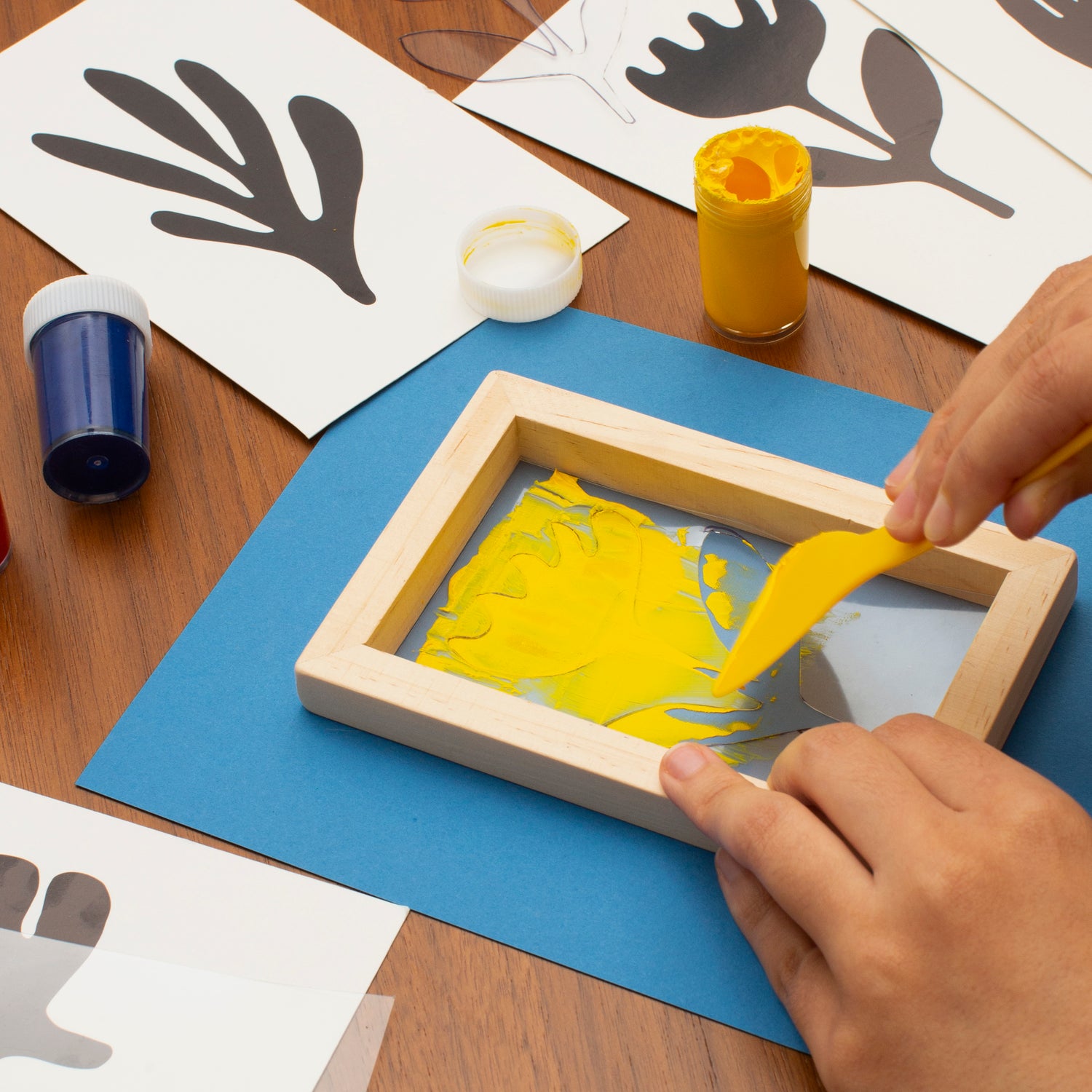The Crucial Guide to Recognizing Screen Printing and Its Versatile Uses
Screen printing has a rich history that dates back to old times, advancing right into a sophisticated method made use of across various sectors today. This overview checks out the details of the screen printing process, detailing its applications in style, marketing, and home design - 10:9 Design Company. Understanding these basics can open up imaginative potential for both artistic and commercial tasks. The adhering to areas will certainly disclose vital tips and methods to improve one's screen printing endeavors
The History of Screen Printing
Screen printing has origins that map back centuries, its development shows the artistic and technological innovations of various societies. Coming from in ancient China, the technique was initially made use of for embellishing fabrics and later infect Japan, where it ended up being essential to Ukiyo-e woodblock printing. The technique shifted to Europe in the 18th century, where it gained popularity among artisans and industrial printers. The creation of picture emulsion in the 20th century transformed screen printing, enabling for even more intricate styles and higher efficiency. Musicians like Andy Warhol even more thrust its popularity, making use of the tool to create renowned works that blended commercialism and fine art. By the late 20th century, screen printing had established itself as a versatile strategy, employed in vogue, marketing, and art. Today, it continues to evolve, integrating electronic innovation and expanding its applications throughout different markets.
The Screen Printing Process Explained
Screen printing changes imaginative visions into tangible styles with a collection of exact steps. Originally, a picture is produced and then transferred onto a screen, usually made from fine mesh textile extended over a framework. A light-sensitive solution is related to the screen, which is exposed to light, hardening in areas not covered by the photo. After rinsing the unhardened solution, a stencil is developed.
Next off, the screen is put over the substratum, whether it be textile, paper, or an additional product. Ink is then pushed through the open locations of the stencil using a squeegee, transferring the style onto the substrate below. This procedure can be repeated for multiple shades, requiring different screens for every color. Lastly, the printed product is treated making use of heat to guarantee the ink adheres effectively, causing a long lasting, vibrant style prepared for use.
Sorts Of Screen Printing Techniques

In addition, specialized techniques, such as discharge screen printing, remove color from the textile to produce softer prints, while aluminum foil screen printing applies metal aluminum foil to achieve a glossy coating (10:9 Design reviews). Each strategy uses distinct attributes, accommodating numerous creative needs and manufacturing scales, ultimately broadening the possibilities within the screen printing domain
Applications of Screen Printing in Numerous Industries

Furthermore, the signage and marketing sectors use screen printing for producing eye-catching screens and banners. This method allows for my website vibrant colors and elaborate styles that record interest. In electronic devices, screen printing is employed for applying conductive inks to motherboard, crucial for element links. The home style industry accepts screen printing to create distinctive designs on fabrics and wall surface art. On the whole, screen printing works as a crucial tool across varied fields, improving products with personalized and aesthetically attractive graphics.
Tips for Successful Screen Printing Projects
While carrying out a screen printing job, mindful attention to information can considerably improve the last outcome. Choosing high-grade materials is vital; this includes the screen, inks, and substratums. Using proper mesh counts can affect ink deposition and detail resolution. Preparation is similarly vital; comprehensive cleaning of screens and appropriate exposure times ensure crisp prints.
Next, exact enrollment is essential for multi-color prints. Utilizing alignment tools can help attain accurate layering. In addition, screening prints on scrap products before manufacturing assists recognize possible issues without wasting sources.

Often Asked Questions
What Products Are Ideal for Screen Printing on Textile?
Cotton and polyester blends are optimal for screen printing on material as a result of their durability and ink absorption. In addition, specialized textiles like silk or canvas can produce special structures and surfaces, improving the total style top quality.
How Do I Tidy and Maintain Screen Printing Equipment?
To clean and keep screen printing devices, one need to routinely clean screens with appropriate solvents, examine squeegees for wear, oil relocating components, and store all items in a dry, dust-free setting to extend their life expectancy.
What Are the Environmental Influences of Screen Printing?
Screen printing can have substantial ecological effects, including chemical waste from inks and solvents, water usage throughout cleaning procedures, and energy usage. Eco-friendly products and sustainable techniques are vital for best site reducing these unfavorable impacts.
Can Screen Printing Be Done in the house Properly?
Screen printing can be successfully done at home with the right materials and methods. Hobbyists can produce quality prints, though success depends upon their skill level, equipment, and understanding of the procedure involved.
What Are the Costs Connected With Starting a Screen Printing Company?

Beginning a screen printing organization includes costs for devices, products, and office. Initial costs typically range from a couple of hundred to a number of thousand bucks, depending upon the range, high quality of equipment, and desired manufacturing ability.
Screen printing has an abundant history that dates back to ancient times, progressing into an innovative technique made use of across numerous sectors today. Another method, rotary screen printing, utilizes cylindrical screens, facilitating continuous printing on material rolls, thus boosting efficiency for large productions. Additionally, specialty methods, such as discharge screen printing, get rid of color from the material to produce softer prints, while foil screen printing applies metallic foil to accomplish a shiny coating. In the style market, screen printing is extensively used to create vivid designs on clothing, allowing brand names to showcase their unique styles. Cotton and polyester blends are suitable for screen printing on textile due to their resilience and ink absorption.